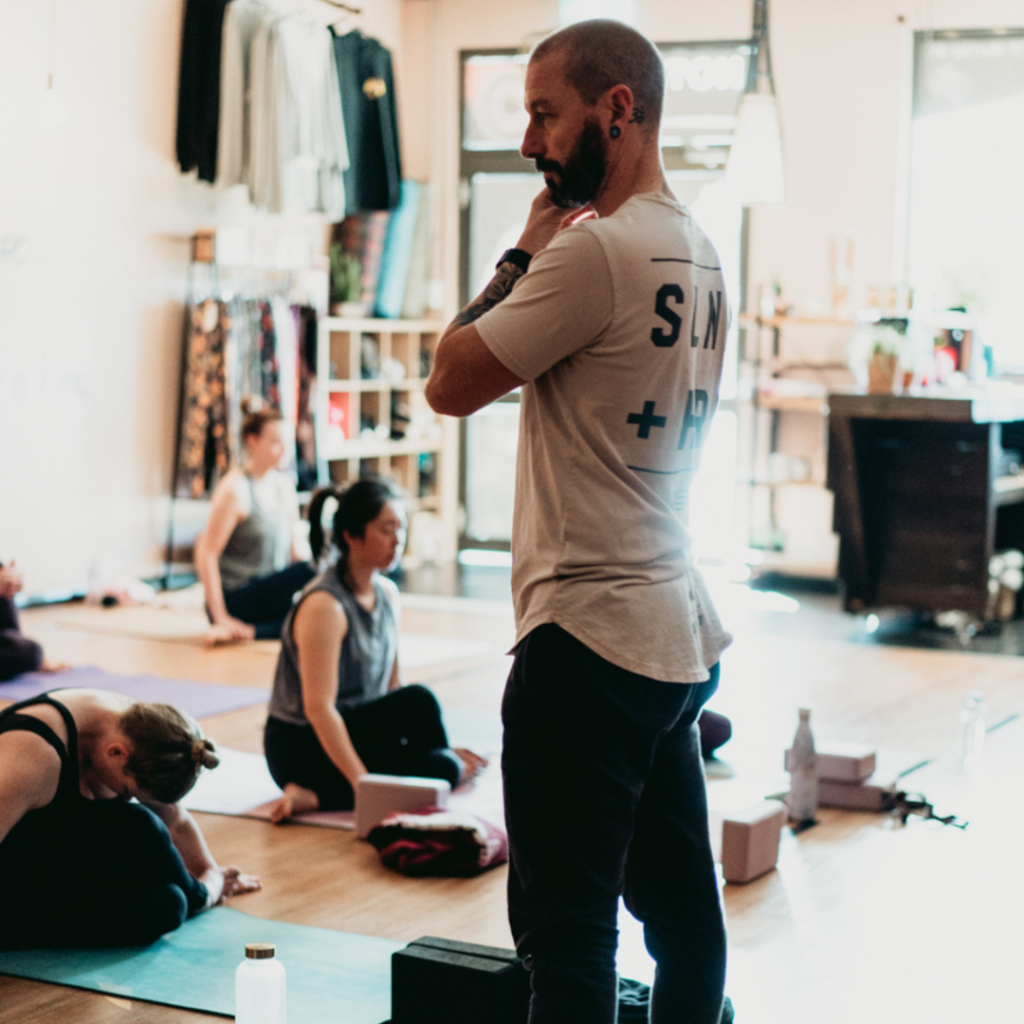Handstand (Adho Mukha Vrksasana) is an aspirational pose that captures the essence of strength, balance, and inversion in yoga. Before achieving the full expression of a handstand, it’s essential to build a strong foundation through preparation and practice. We explore the steps involved in Handstand Prep, providing insights and guidance to safely progress toward mastering this challenging and exhilarating pose.
The Importance of Preparation
Handstand Prep is crucial for developing the physical and mental skills needed for a successful handstand. This preparatory phase focuses on strengthening the shoulders, arms, core, and wrists, while also enhancing balance and confidence. Proper preparation not only minimizes the risk of injury but also ensures a more stable and controlled handstand.
Key Elements of Handstand Prep
1. Strengthening the Core and Upper Body: Core strength is fundamental in maintaining balance and alignment in a handstand. Exercises such as planks, forearm stands, and downward-facing dog help build the necessary strength in the arms, shoulders, and core.
2. Wrist Conditioning: Since the wrists bear much of the body’s weight in a handstand, it’s important to prepare them through stretches and strengthening exercises to prevent strain and injury.
3. Alignment and Balance Training: Practicing against a wall or with the assistance of a skilled instructor can help yogis understand the alignment and balance needed for a handstand.
Step-by-Step Guide to Handstand Prep
- Start with a Strong Base: Begin in Downward Facing Dog (Adho Mukha Svanasana) to stretch the back and strengthen the shoulders. Focus on pressing firmly through your hands and fingers to distribute weight evenly.
- Practice Half Handstands: Using a wall, kick up so that your feet touch the wall, and your body forms an L-shape. This half handstand helps build strength and balance without the full inversion.
- Wall Walks: Start in a plank with your feet against the wall. Gradually walk your feet up the wall while moving your hands closer to it, aiming to form a straight line with your body. Hold this position to build strength and stability.
- Shoulder and Wrist Warm-ups: Incorporate exercises like wrist curls and gentle rotations to enhance flexibility and strength in your wrists. Shoulder shrugs and rotations can also improve mobility and stability in the shoulder girdle.
- Use Props: Using props like yoga blocks under the shoulders in Downward Facing Dog can help deepen the shoulder opening necessary for a handstand.
Incorporating Handstand Prep into Your Routine
Handstand Prep can be integrated into your daily yoga practice as part of your warm-up or strength-building routines. Consistent practice is key, and it’s important to progress at your own pace, listening to your body’s needs and limitations.
Conclusion
Handstand Prep is more than just physical preparation; it’s a journey that builds resilience, focus, and determination. As you work through the stages of preparation, you not only prepare your body for the complexities of a handstand but also cultivate a mindset that embraces challenges and celebrates progress. Whether you’re new to inversions or looking to refine your technique, the path to a perfect handstand begins with solid groundwork. Embrace the process, and you’ll find yourself not just standing on your hands, but also lifting your spirit.


